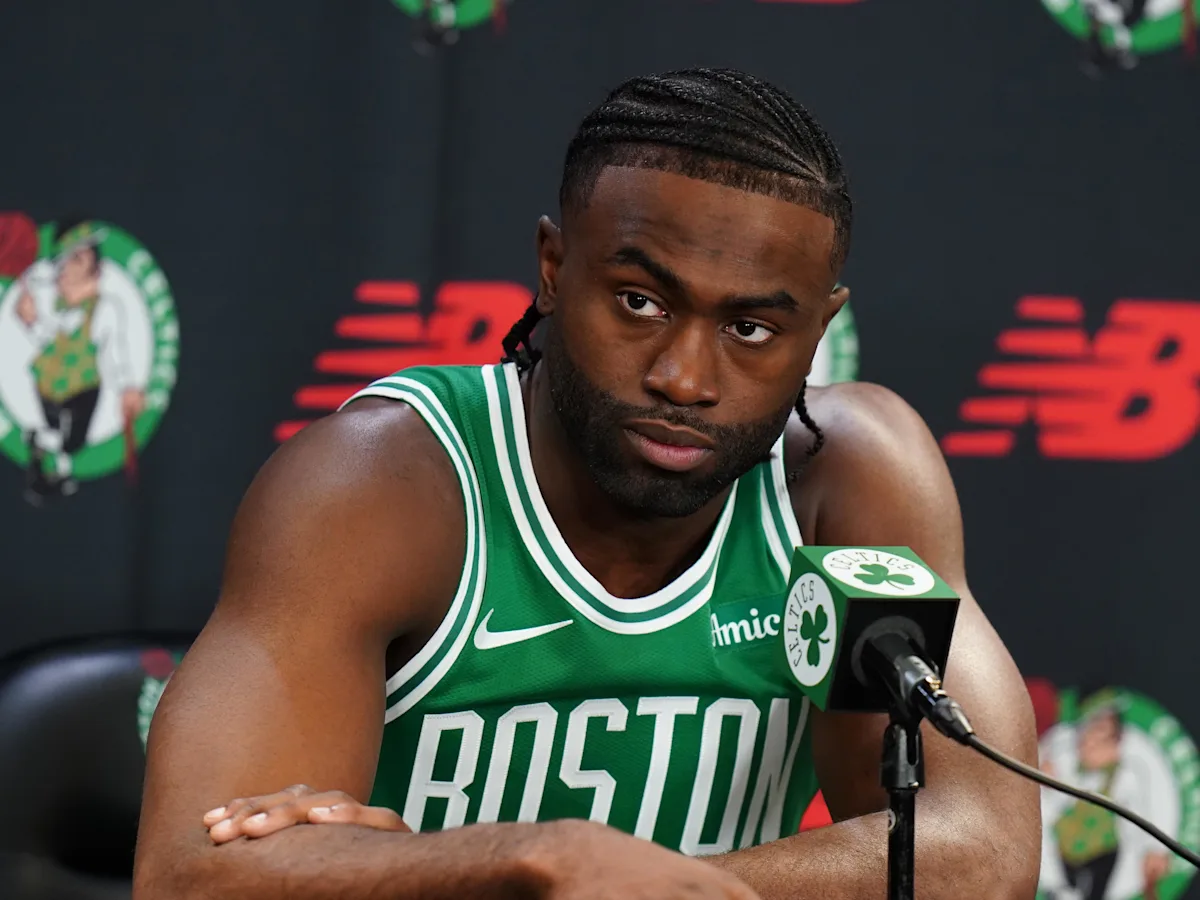Unable to capitalize on their promising future.

The Boston Celtics have long been regarded as one of the most successful franchises in NBA history, with a rich legacy of championships, iconic players, and a loyal fanbase. However, in recent years, the Celtics have encountered a troubling issue that could jeopardize their future success—their player development program. Despite having a roster filled with talented players, the Celtics have faced difficulties in nurturing young talent and ensuring they reach their full potential. This shortcoming has become increasingly evident, as the team struggles to develop homegrown stars and elevate their performance on the court.
Lack of Consistency in Player Development
One of the biggest concerns for the Celtics is the inconsistency in their approach to player development. While the team has produced some promising prospects, such as Jayson Tatum and Jaylen Brown, the overall pipeline of talent has been relatively thin in comparison to other top NBA teams. The Celtics have often struggled to build depth and maximize the potential of younger players, a crucial aspect in a league where player development can determine a team’s long-term success.
The organization has historically relied on its established stars, like Tatum and Brown, to carry the team, but this heavy dependence on a few core players has left the team vulnerable in terms of overall roster development. When injuries strike or if these stars underperform, the Celtics have often lacked the depth and quality to step up and fill the gap. This has become particularly evident in recent seasons, where the team has been unable to find consistent contributors from their bench or younger players.
Missed Opportunities in the Draft
Another area where the Celtics have faltered is in their approach to the NBA Draft. Although the team has had its fair share of high picks in recent years, including selections like Romeo Langford, Aaron Nesmith, and Payton Pritchard, many of these players have failed to develop into consistent rotation pieces. While it’s true that not every draft pick can become a star, the Celtics’ inability to effectively develop these players has hindered their ability to build a sustainable, homegrown core.
When looking at other successful franchises, such as the Golden State Warriors or the Denver Nuggets, it’s clear that their success has been fueled not just by star players, but by their ability to develop young talent into integral parts of the team. For the Celtics, the failure to develop their drafted players has not only hurt their depth but also weakened their ability to build a team capable of contending for championships in the long term.
The Coaching Challenge
At the heart of the Celtics’ player development struggles lies the issue of coaching. While Boston has had a revolving door of coaching changes over the years, the team has struggled to maintain a consistent developmental strategy. Although head coach Joe Mazzulla has shown promise, his ability to foster the growth of younger players has yet to be proven at the highest level. Player development is a multifaceted process that requires a strong, consistent approach from the coaching staff, and it’s something the Celtics have struggled to maintain in recent seasons.
In contrast to other teams that have invested heavily in player development systems, the Celtics have often seemed to lack a clear developmental philosophy. Young players need time, mentorship, and tailored coaching to succeed in the NBA, and without these resources, it’s difficult for them to thrive. Mazzulla, like his predecessors, has faced the challenge of balancing the development of younger players with the team’s immediate need for success. However, the lack of focus on long-term growth has hindered the team’s potential to cultivate a deep roster of future stars.
The Need for Change
If the Celtics hope to return to their championship-contending ways, they will need to rethink their approach to player development. The team must shift its focus to creating a more comprehensive, structured development program that allows young players to grow within the system. This includes providing consistent playing time, effective coaching, and an environment where young talent can thrive.
Additionally, the Celtics must prioritize a more strategic approach to the draft, focusing not only on talent but on selecting players who fit into the team’s long-term vision. Instead of relying on big-name trades or free-agent signings, Boston should invest in building a well-rounded, sustainable team from within.
Conclusion
The Boston Celtics have the potential to return to the NBA’s elite, but their current struggles with player development are a significant obstacle standing in their way. If the team is to realize its full potential, they must address these development shortcomings, invest in long-term growth, and provide their young players with the support they need to succeed. Without a renewed focus on player development, the Celtics may find themselves falling behind in a competitive league, unable to capitalize on their promising future.



